Black apron with the inscription "I shoot wet plate". Made of black fabric and two pockets: a large kangaroo pocket and a white vertical pocket for pens or pencils to take notes.
One size fits all
13,00€
Black apron with the inscription "I shoot wet plate". Made of black fabric and two pockets: a large kangaroo pocket and a white vertical pocket for pens or pencils to take notes.
One size fits all
Out of stock
Black apron with the inscription "I shoot wet plate". Made of black fabric and two pockets: a large kangaroo pocket and a white vertical pocket for pens or pencils to take notes.
One size fits all
Only registered users who have purchased this product can make a rating.
Do you want to make a special and original gift? A memory that will last for generations? Come and meet us in our studio in Cáceres and give a portrait on glass made with one of the oldest processes in the history of photography: the wet collodion.
Wet collodion is a photographic process from the mid-nineteenth century in which photographs are obtained on glass and other supports such as lacquered aluminum. The image is formed within a thin transparent layer of a liquid called collodion. When the image is developed and fixed, you get a photograph made of metallic silver. It is an image of unparalleled quality, beauty and durability. Many of the photographs produced in those early years of photography are still intact.
You're booking a session for a 56.8x71cm plate. We will need between two and four hours approximately, during which you will live an unforgettable experience and take home a little piece of the history of photography. You will be able to enjoy the whole process of elaboration of your collodion plate and a unique portrait by the photographer Joaquin Paredes.
We're waiting for you!
We have prepared a workshop on collodion negatives and albumen prints given by Joaquín Paredes in our studio in Cáceres.
Albumin copying was invented in 1850 by Louis Désiré Blanquart-Evrard and was the most popular photographic process during the 19th century. It is a process that produces beautiful copies with a characteristic glow that made them prevail over matte copies on salted paper. In combination with collodion negatives they led to the first great "democratization" of photography. Making it accessible to a much larger audience.
the description and full program of the workshop is here: https://analoginside.com/taller-de-negativos-albuminas/
This is a three days workshop: morning and afternoon from 10-14h and 16-20h
To be able to attend to this workshop it is important to have some experience with wet plate collodion. It is a complicated workshop and having some skills with the process will help the student to get the most out of it.
If you need more information do not hesitate to contact us:
Pendant with a 4,5×4,5cm wet plate collodion image encapsulated with epoxy resin by Joaquín Paredes.
Do you want to make a special and original gift? A memory that will last for generations? Come and meet us in our studio in Cáceres and give a portrait on glass made with one of the oldest processes in the history of photography: the wet collodion.
Wet collodion is a photographic process from the mid-nineteenth century in which photographs are obtained on glass and other supports such as lacquered aluminum. The image is formed within a thin transparent layer of a liquid called collodion. When the image is developed and fixed, you get a photograph made of metallic silver. It is an image of unparalleled quality, beauty and durability. Many of the photographs produced in those early years of photography are still intact.
You're booking a session for a 56.8x71cm plate. We will need between two and four hours approximately, during which you will live an unforgettable experience and take home a little piece of the history of photography. You will be able to enjoy the whole process of elaboration of your collodion plate and a unique portrait by the photographer Joaquin Paredes.
We're waiting for you!
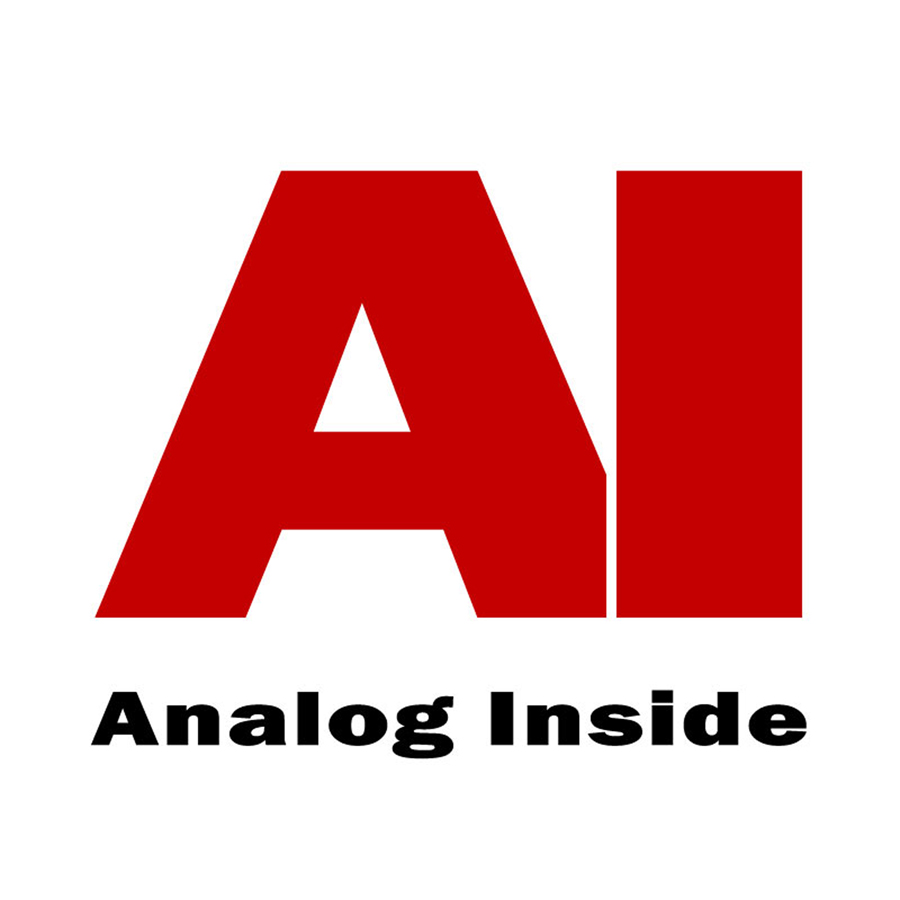
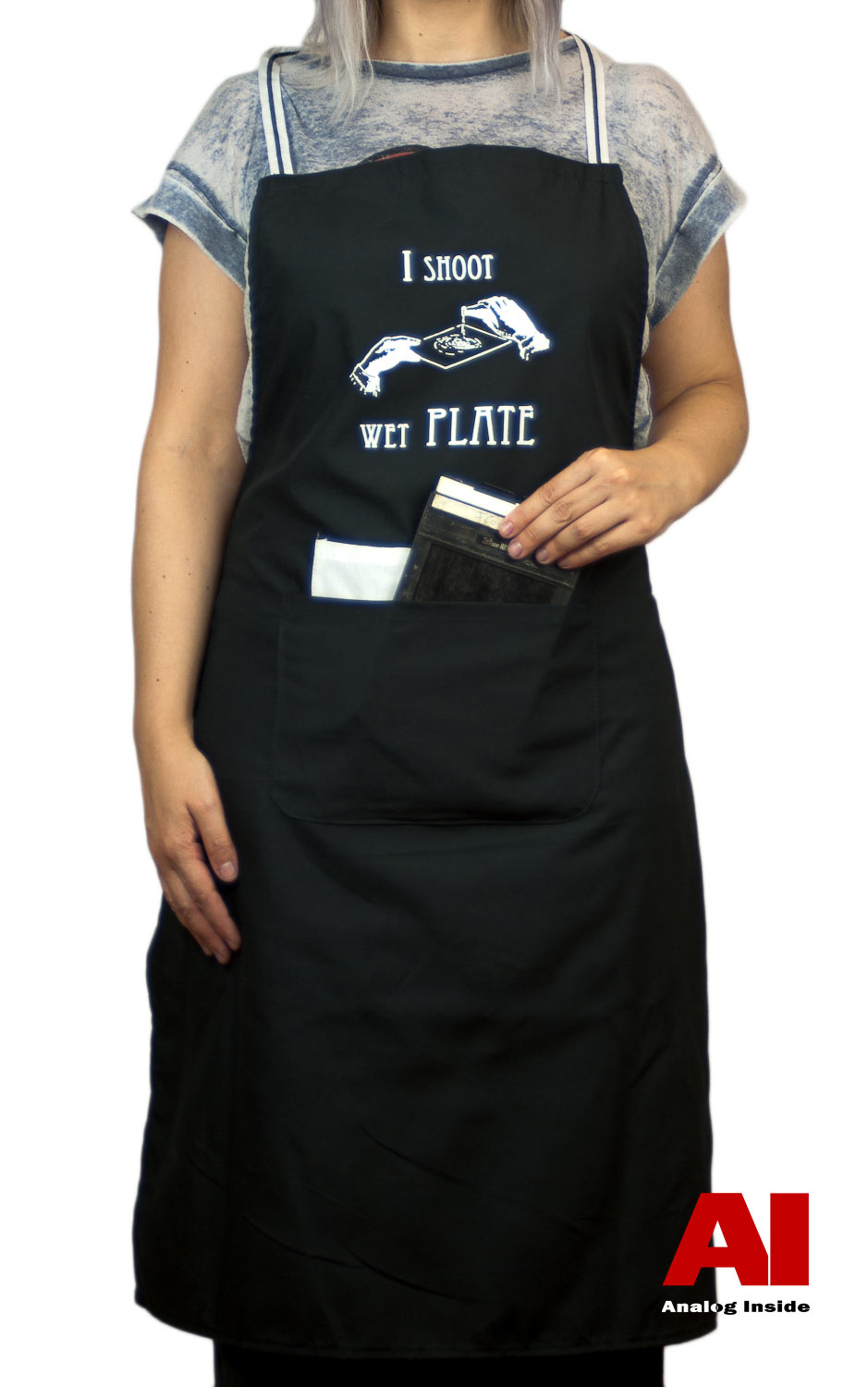

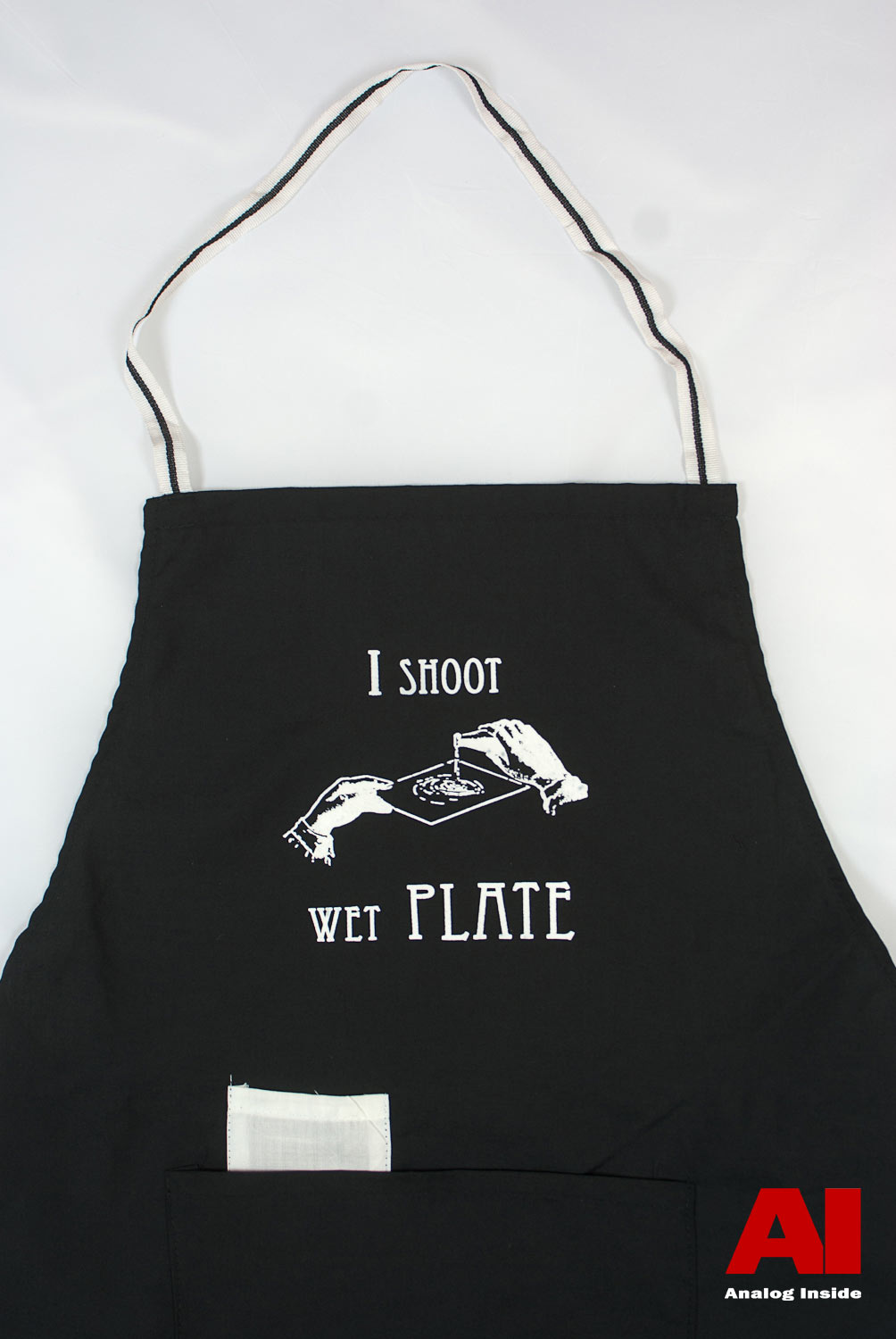
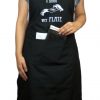
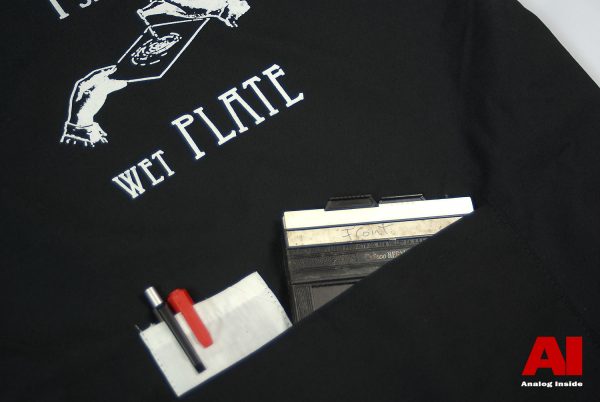
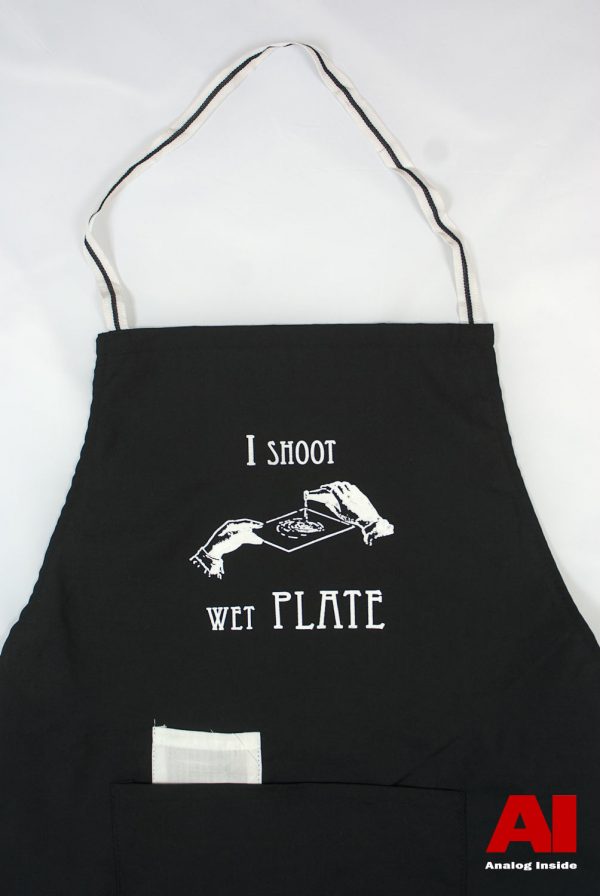
Ratings
No ratings yet.